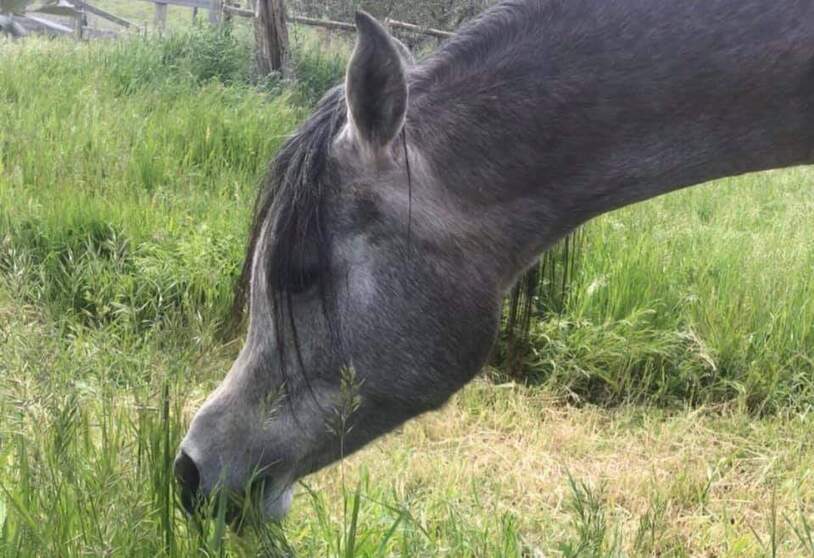
The Most Popular Horse Breeds Of 2019
Equestrian Advice & Guides General Equestrian
Build your business profile for FREE and expose your services to thousands of potential clients!
Create my profile now!
THE MOST DREADED DIAGNOSIS IN HORSES IS LAMINITIS
One of the most dreaded diagnosis in the horse world is laminitis. Laminitis is the inflammation and dysfunction of the lamina that connects the coffin bone to the hoof wall. This time of year with the onset of new grass growth, some horses over graze it and it can cause laminitis. Why does this happen with the new grass growth, it has to do with the amount of non structural carbohydrates present. Carbohydrates are sugars (glucose, sucrose, fructose), starches and fructans that are created by photosynthesis in the grass plants.
When horses eat grass, their bodies break it down into glucose and fructose which is absorbed in their intestines. This creates a rise in blood sugar levels in the blood which triggers insulin to be release by the pancreas. Some horses are predisposed to having issues when they eat grass high in non structural carbohydrates so they make to much insulin which put them into a metabolic crisis. How do you know that a horse is predisposed to this condition, there are several factors to consider.
Today horses live longer because they have better nutrition and veterinary medicine has improved as science has made advancements. So for a horse to be over 15 years old is very common now, so more are prone to non structural carbohydrates sensitivity. Your veterinarian can run a test yearly checking their ACTH(adrenocorticotropin hormone level). Once your horse is diagnosed you can do precautions
to keep them from getting severe laminitis which would end in euthanasia. The amount of sugars in the grass changes from sun rise to sunset as photosynthesis occurs. If temperatures are higher the 40 degrees F the plants use the sugar to grow. But if temperatures stay below 40 degrees F the plants can’t utilize the sugars so they keep building up in concentration each day. So these cool early spring days could be lethal to a horse that is susceptible to the high sugar loads. How can you safeguard your horse from getting laminitis?
If your horse gets laminitis they will be in a lot of pain, so ice their hooves. Your veterinarian can take trays to determine how severe their laminitis is. The more the coffin bone rotates away from the hoof wall the more dangerous and painful it is. Anti-inflammatories and padded shoeing may be required to keep your horse comfortable. If your horse is running a fever they may prescribe special farriering to support their hooves or soaking them in medicine boots with Epsom salts, or betadine/sugar bath.
We are all in our morning routine when we enter our barns. But keep your eyes open if everyone doesn’t greet you with a whinny as they stick their head out of their stalls anxious for breakfast. If you don’t see a familiar head sticking out, look at them to see why they are not coming to the stall door. If they are in the corner with their body propped against the wall and are shifting their weight off the front feet you know you have some laminitis starting. It’s not possible to lay eyes on every horse every day if you own several or you board, but it can be a lifesaver if you catch laminitis early. Hope this has been informative and helpful in your daily activities.

